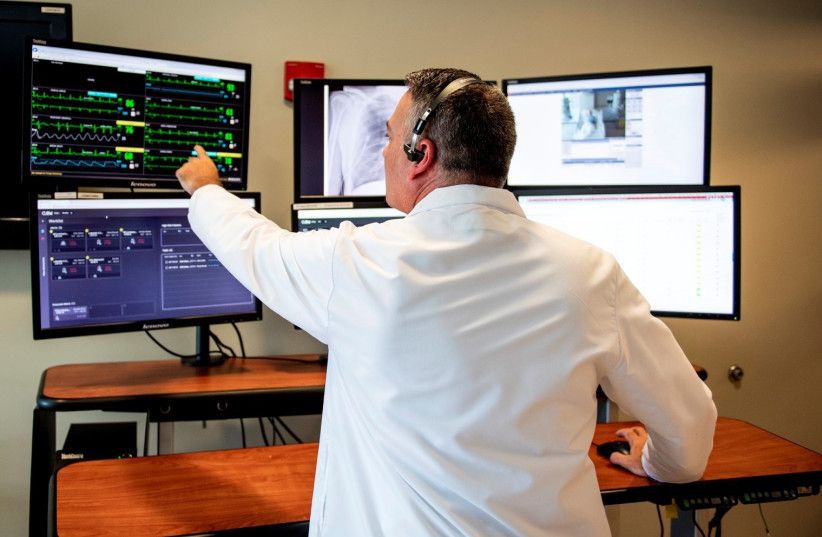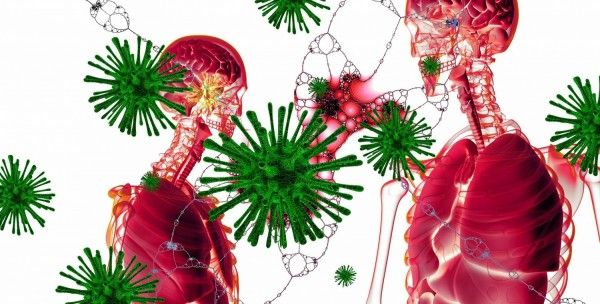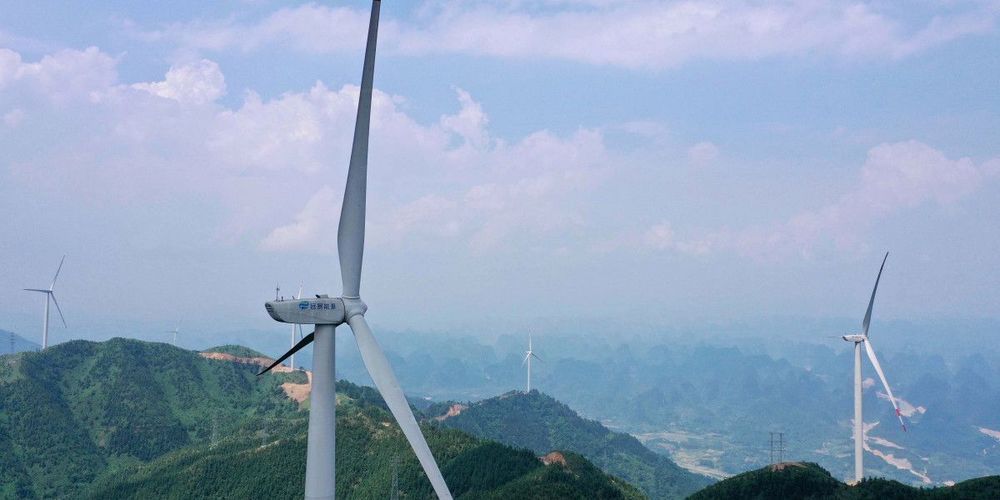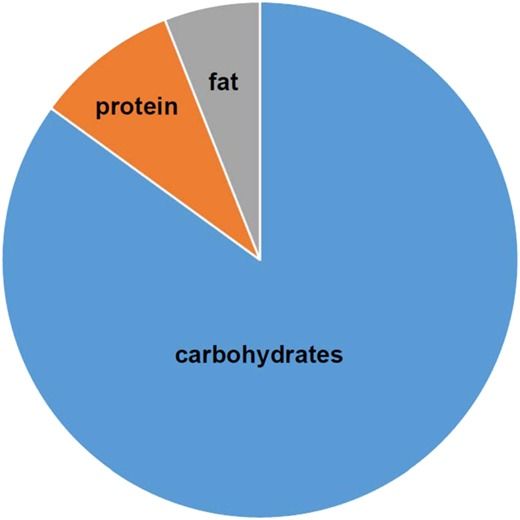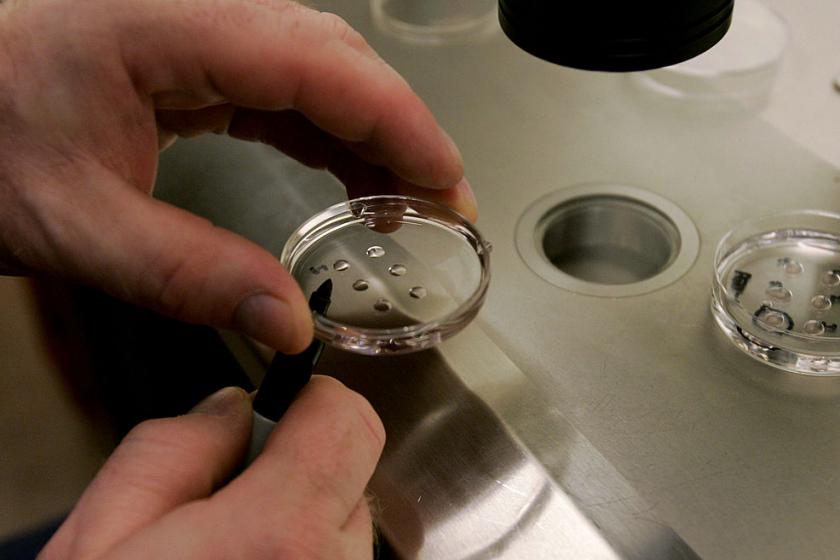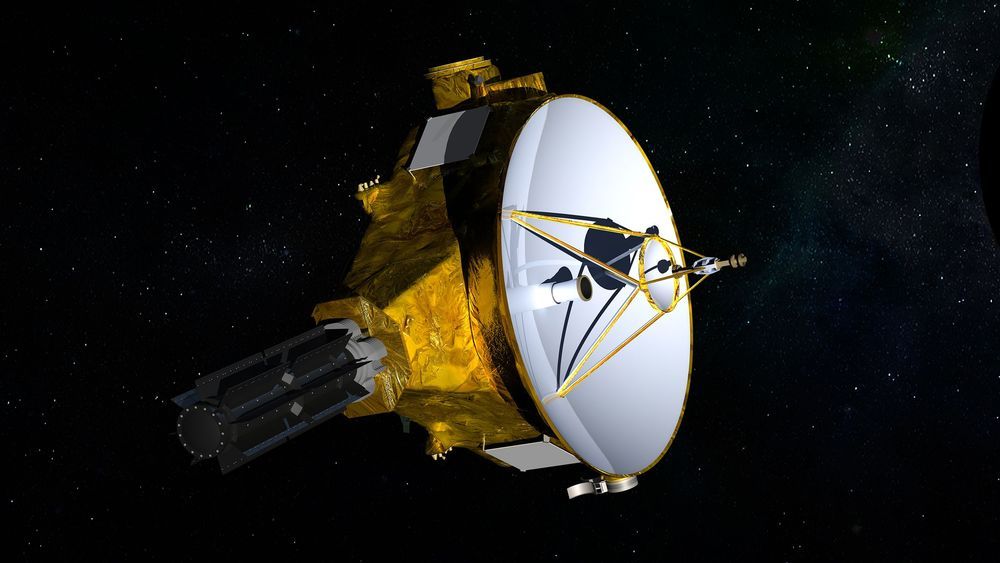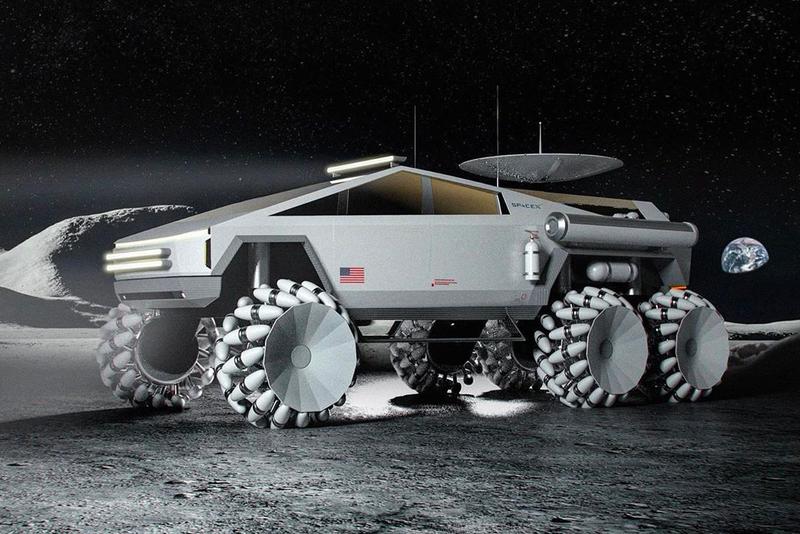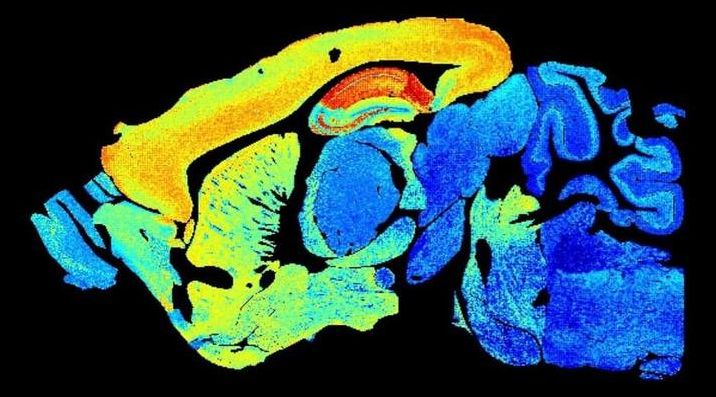Just as our human relationships and connections can nudge, push, or dramatically shift societal values and consequences, the connections between neurons form intricate networks that dictate the outcome of your mind. Your thoughts, memories, behaviors; your values, world view, mental health—everything that makes you you is calculated and stored in these connections, called synapses, that dot our brains like billions of stars in the night sky.
If a connectome—a large-scale snapshot of all your neural connections—is a loose “copy” of you at one moment in time, synapses are a fluid representation of how you change and grow through time. Similar to human connections, synapses come in different varieties and evolve as we age. Yet until now, capturing how these synapses change as we move through time has been nearly impossible.
Last week, in a technological tour-de-force, a European team from the United Kingdom, France, and Sweden, led by Dr. Seth G.N. Grant at the University of Edinburgh, redefined impossibility with a paper in Science. Peering into the brains of mice at different ages—one day, one week, and all the way up to an elderly 18 months—the team constructed maps of roughly 5 billion synapses, outlining a timeline of their diversity and numbers in over 100 different brain regions with age.
